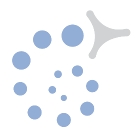Integrative & Adaptive Manual Therapy
IAMT
IAMT is an applied approach to manual therapy that combines several elements from specific techniques. These techniques stem from osteopathy, manual therapy and the applied kinesiology diagnostic system. IAMT presents the idea that the human body can be examined and understood in several ways. The purpose with IAMT is to offer tools for therapists. So that they can help their patients heal themselves (mentally, physically, emotionally and spiritually). Every technique offers an explanation and insight into the human body and a unique understanding of the key factors that result in changes in the skeletal- and muscular systems as well as other areas such as the visceral and cranial-sacral system. The integrative and adaptive approach allows the therapist to perform a harmonic and gentle treatment of the body that offers a minimal influence and maximum advantage to the patient. Those techniques are the foundation of the material I will share on the mTerapist platform.
Each module costs 3.650 dkkr. The open modules are open workshops. Closed modules are only for the IAMT students.
First Year
2018
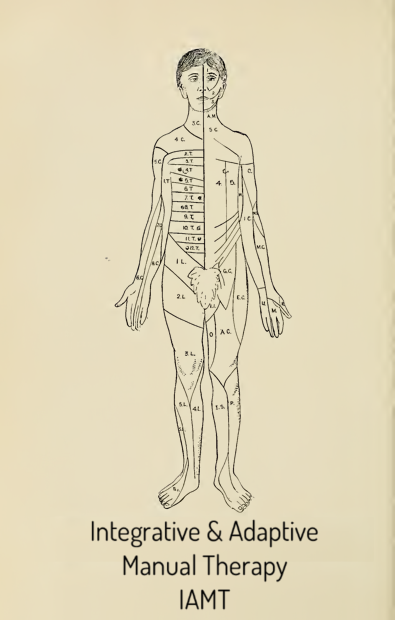
MODULE 1.
IAMT INTRO.
This module offers an overview of Osteopathy, Manual Therapy and Applied Kinesiology.
Why is a holistic approach to therapy important?
What is integration and adaptation and how can they help dysfunctions and restrictions in connection with therapy?
An over-all introduction to different technics and an opportunity to experiment with various combinations of those that can easily be used in the daily treatment.
A general understanding of integration and adaptation. (3 systems)
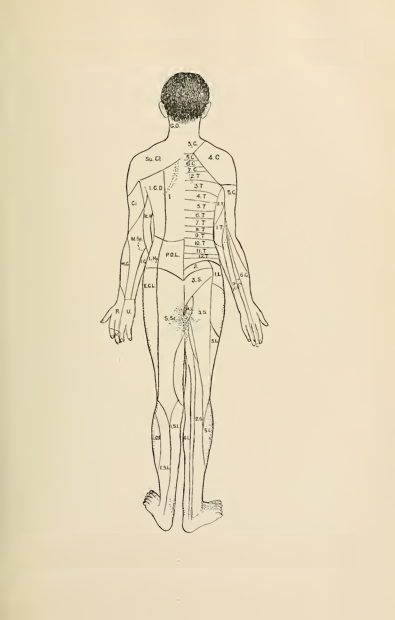
MODULE 2
BODY SCREENING.
Musculoskeletal, visceral and craniosacral screening.
Good diagnostic is the base for a good treatment. The body screening is a holistic system of diagnostics. The therapist uses different manual techniques to go through the patient’s body while gathering any information that could be influential to the patient’s health.
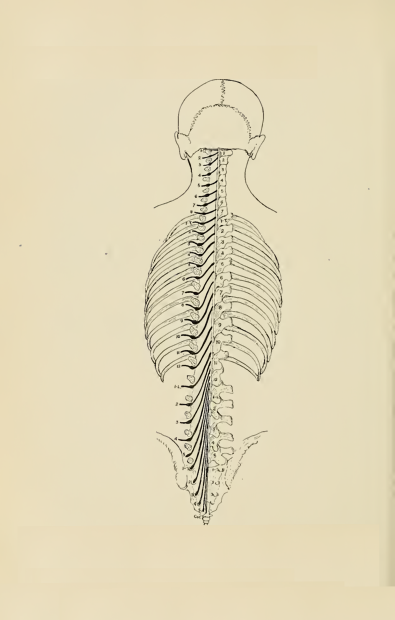
MODULE 3
Musculoskeletal System.
An intro to the Musculoskeletal System. Focus on the development of mesodermal derivate, dysfunction and treatment.
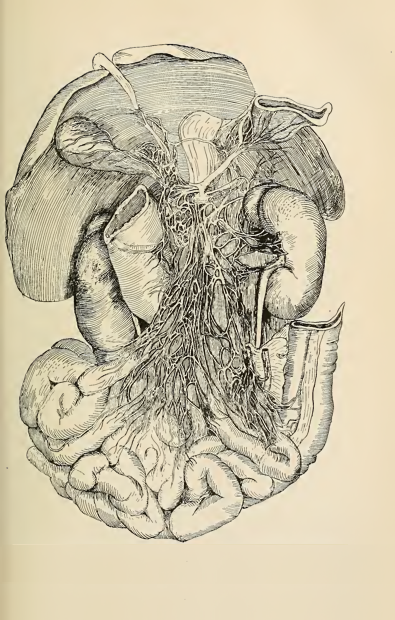
MODULE 4
THE VISCERAL SYSTEM 1.
Focus on the visceral system, dysfunction and treatment.
(only for students IAMT)
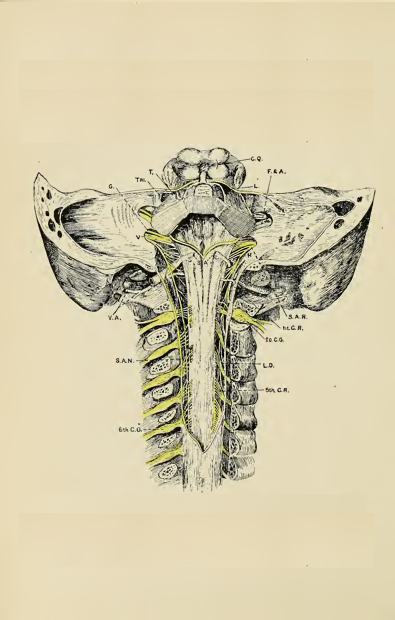
MODULE 5
CRANIOSACRAL SYSTEM.
Visceral cranium and parietal cranium (integration)
An extensive understanding of cranial screening is offered in this module. Focus on the diagnosis and treatment of cranial dysfunctions.
(open course)
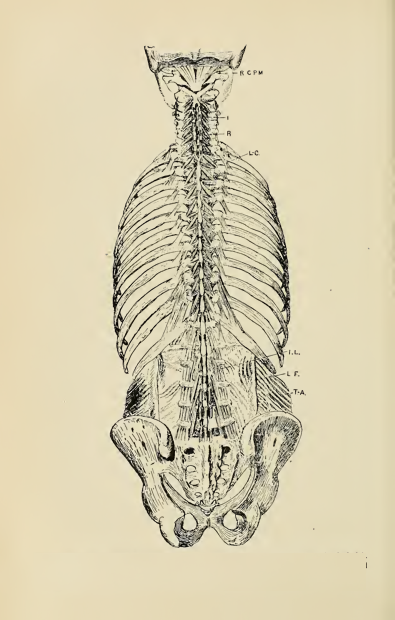
MODULE 6
MUSCULOSKELETAL SYSTEM 2.
Lower-back, thoracic spine, neck (integration)
Extended body screening and focus on the mobilisation and manipulation of the lower back. An overall understanding of muscle/skeletal dysfunctions.
(open course)
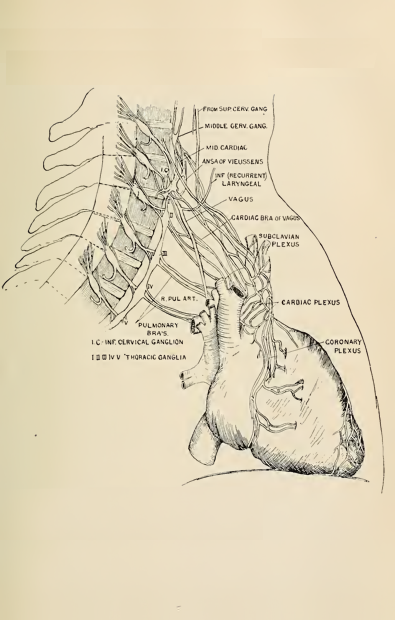
MODULE 7
THE VISCERAL SYSTEM 2.
Inner organs, the dura mater (integration)
The extended visceral module
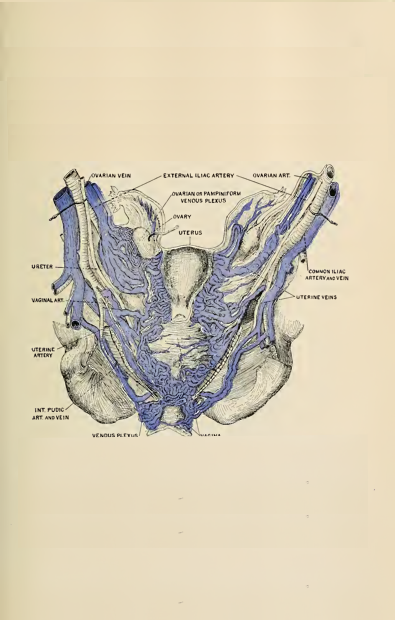
MODULE 8
Master Class
Manipulation with Alfred Ellinger``
Second Year
2019
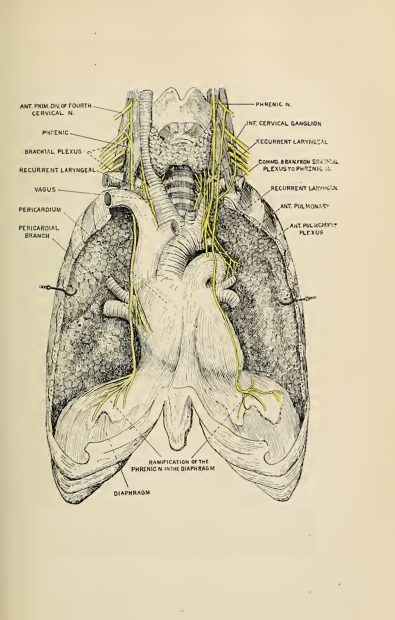
MODULE 9
DIAPHRAGM FLOW
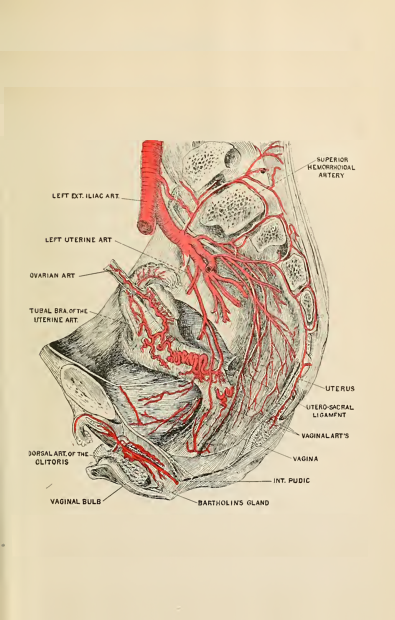
MODULE 10
NEUROPHYSIOLOGICAL & NEUROVASCULAR REFLEXES
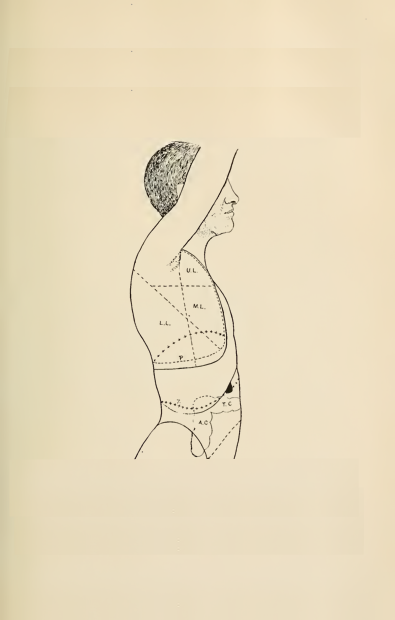
MODULE 11
CYCLE AND ANTI-CYCLE MYOFASCIAL RESPONSE
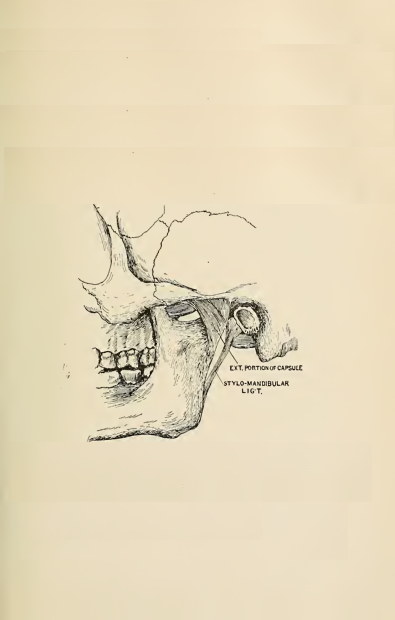
Module 12
TMG (open course)
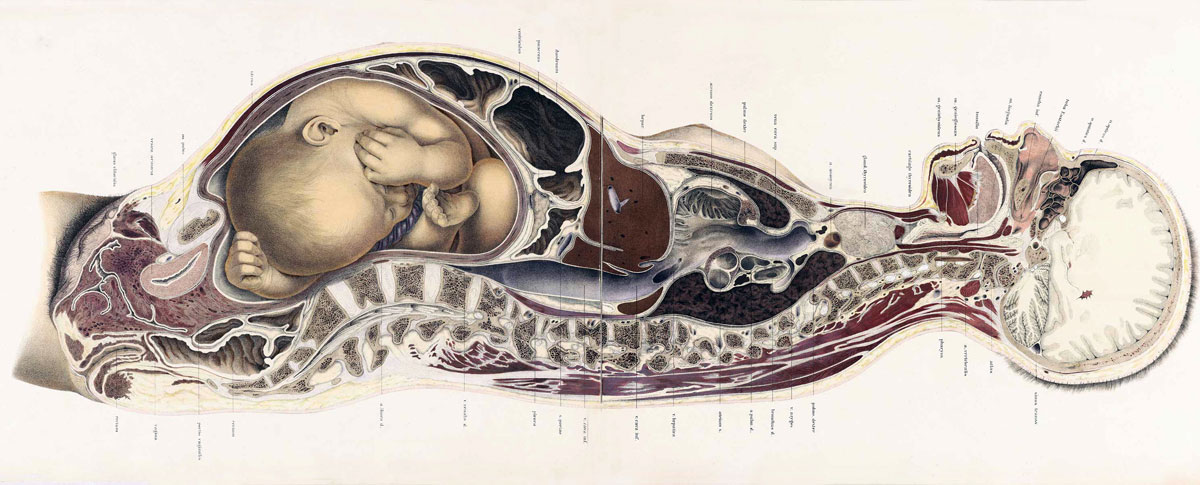
Module 13
TREATING CHILDREN
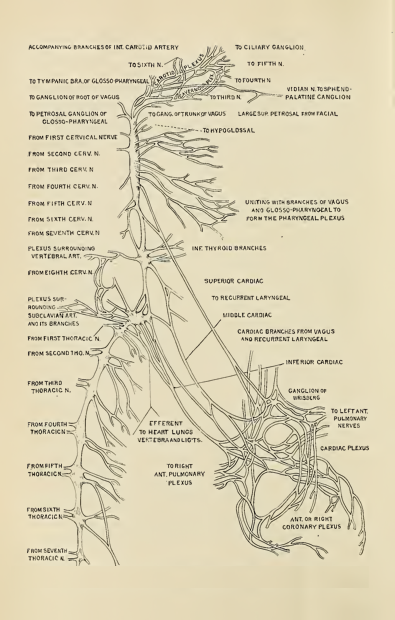
Module 14
IAMT (Closed Course)

MODULE 15
IAMT (Closed Course)

MODULE 16
IAMT (Closed Course)
Vision
The need for a new concept in manual medicine was first felt when I realized some of the limitations I encountered in exercising my own therapy. During my practice, first as a physiotherapist later as an osteopath, it became clear that a mix of techniques and principals are indeed necessary to actually help patients. The combination of complimentary techniques is key to support the body during a healing process. One of the most important and surprising lessons I have learned in my time as a Manual Therapist, is how relatively few different techniques are needed to bring the body into balance. Often just one or two combined.
Therefore I decided to identify which techniques work effectively together. Through practice, experience and research, I developed Integrative and Adaptive Manual Therapy (IAMT).
The IAMT is a low impact way of effectively treating assorted disorders and dysfunctions in the body. It is a very useful tool for therapists wanting to create their own specific techniques, while at the same time combining the techniques they already know.
The main purpose of IAMT is to promote a more holistic medical approach by combining complementary and established systems in a different and easy/safe way. Regardless of the therapist’s education, background or philosophy, IAMT offers tools to help improve health and awareness.
